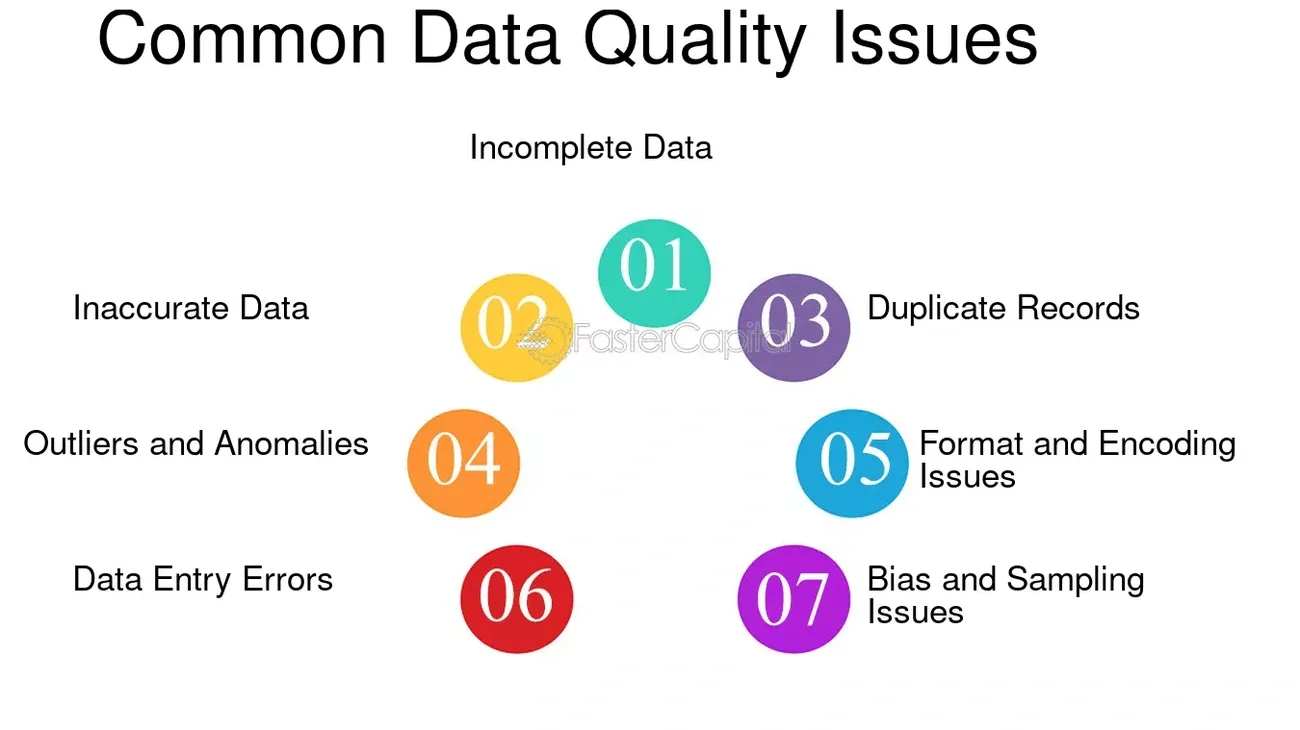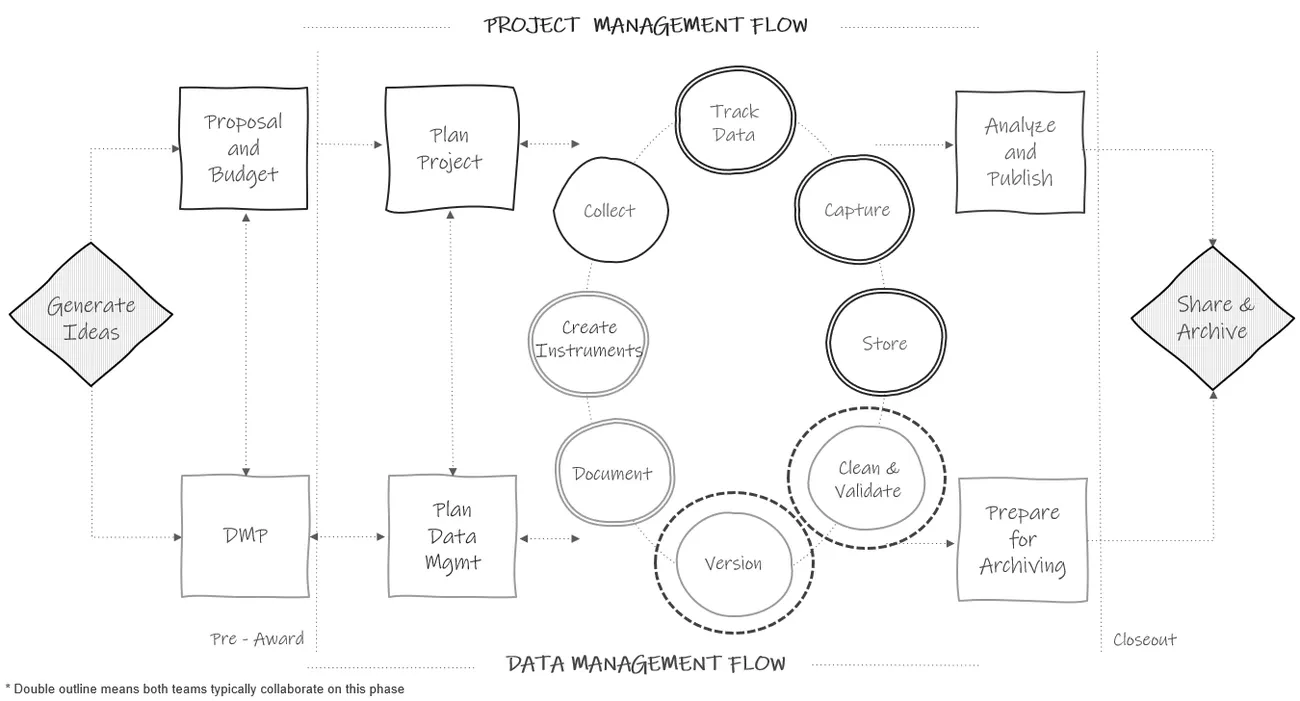Cleaning a database in less than 2 hours is possible by following a systematic process that will transform the quality of your information and optimize your business strategies.
• Create a backup before you start: Always make a full backup to protect yourself against accidental loss during the cleaning process.
• Automatically remove duplicates: Use functions such as ROW_NUMBER() in SQL or “Remove Duplicates” in Excel to efficiently identify and remove duplicate records.
• Validate emails with specialized tools: Use services such as Email Verification to achieve up to 99% accuracy in email validation.
• Standardize formats consistently: Apply TRIM(), UPPER(), and LOWER() functions to unify dates, phone numbers, and addresses in a consistent format.
• The benefits are immediate: A clean foundation improves deliverability by up to 98%, reduces operational costs, and increases the ROI of marketing campaigns.
A clean database isn’t just a technical improvement—it’s a competitive advantage that directly impacts the effectiveness of your communications, the accuracy of your business decisions, and the return on your marketing investments.
Why is it important to clean your database?
Data cleansing is the process of identifying and correcting errors and inconsistencies in your contact lists to improve their quality. During this process, you detect incomplete, incorrect or irrelevant data, and then modify or delete it. The main goal is to ensure that your data is accurate and useful for making sound decisions.
Your business depends on accurate data for essential operations: verifying customer addresses, ensuring invoices are sent to the correct emails, and maintaining effective communications. Having quality information isn’t optional—it’s critical.
Every year, between 25% and 30% of the data becomes inaccurate, leading to less effective campaigns. We recommend keeping your database clean and up-to-date as a strategic priority to maximize the value of your information.
Avoid costly marketing mistakes
A clean database allows you to create more efficient lead lists, significantly increasing your acquisition results and the performance of email campaigns. Removing duplicate, outdated, or incorrect information helps you target messages more accurately.
Clean data ensures that your team gets the most out of their work time. You also prevent staff from using outdated information when dealing with customers. Working with clean records maximizes the efficiency and productivity of your staff.
When you run marketing campaigns with accurate data, you optimize the impact of these initiatives and reduce the risk of mistakes that could damage your brand’s image. The right data makes it easier to identify new business opportunities and improve your business performance.
Make better business decisions
Properly cleaned data provides a solid foundation for accurate analysis and sound decision-making. Without this cleansing, you can misinterpret the available information, leading to wrong investments or wrong strategies.
Having high-quality information allows you to:
- Make informed decisions aligned with your business goals
- Detect market trends more accurately
- Better predict your customers’ needs
- Optimize internal processes
Decisions based on “dirty” data, with duplicates, typos, or inconsistencies, can lead to wasted resources, missed opportunities, or serious strategic mistakes.
Improve the deliverability of your emails
Data cleansing plays a crucial role in your email marketing strategies. When you send emails to non-existent, inactive, or misspelled addresses, they “bounce” and don’t reach their destination. These bounces are classified as either “hard” (permanent issues like nonexistent addresses) or “soft” (temporary issues like full trays).
A high bounce rate directly affects your domain’s reputation, which is critical to ensuring your emails reach the inbox. If too many messages bounce, vendors interpret this as poor list hygiene or spammy behavior.
By regularly cleaning mailing lists, you remove problematic addresses and reduce the risk of your emails being marked as spam. Removing duplicate or invalid emails improves deliverability and allows you to focus on really interested subscribers.
Clean data helps you comply with data protection regulations, such as GDPR, by keeping information accurate and up-to-date. You also avoid retaining redundant or confidential information, reducing security risks.
Remember that data cleansing isn’t simply a technical task—it’s a strategic investment that allows you to maximize the value of your information, improve decision-making, and optimize communications with customers and prospects.
What are the most common database errors?
“It is not possible to manually fix these errors. Of course, it can be left to IT guys, but they’re only going to make the problem worse.” — Data Ladder Editorial Team, Professional data quality solutions provider
Image Source: FasterCapital
When you work with databases, you will inevitably run into various types of errors that can compromise the quality of your information. Identifying these issues is critical for you to implement an effective cleaning strategy.
Duplicate data
Have you noticed repeated records in your database? Duplicate data frequently appears when multiple users add information simultaneously or when you don’t have proper checks to prevent them. Not only does this duplication consume unnecessary space, but it significantly complicates the management of your information.
Duplicity can manifest itself in several ways:
- Completely identical records
- Entries with slight variations (such as “Google” vs “ALPHABET”)
- Information repeated in different tables
Enterprises that operate with multiple siloed enterprise applications are especially vulnerable to this problem, as they lack visibility into the sources of these redundancies. Without a deduplication strategy, you can lose money by sending repeated promotional materials to the same customer.
Input and formatting errors
Inconsistency in data formatting is another common obstacle you’ll face. These errors arise when information is entered without following uniform patterns:
- Dates in different formats (DD/MM/YYYY vs. YYYY-MM-DD)
- Phone numbers with or without separators (“(123) 456-7890” vs “1234567890”)
- Uppercase and lowercase variations (“U.S.” vs. “U.S.”)
- Inappropriate data types (such as treating numbers as text strings)
According to a survey of accounting professionals, more than 27.5% said data was entered incorrectly into their companies. These errors can cost an organization an average of $15 million per year due to poor data quality.
Outdated or incomplete data
Over time, much of your stored information becomes invalid. Customer demographics are constantly changing: people change names, addresses, marital statuses, or employment situations.
Remember that annually, between 25% and 30% of business data becomes inaccurate, directly affecting the effectiveness of your business strategies. This outdated data can lead to erroneous decisions, even if you use advanced analytical tools.
Equally problematic are incomplete fields. When zip codes or contact information are missing, entire processes are interrupted and you lose business opportunities.
Lack of standardization
Standardization ensures that all your data “speaks the same language.” Without clear rules for the format and structure of information, different departments can create their own conventions, generating a fragmented data ecosystem.
This inconsistency presents several challenges:
- Makes it difficult to compare and analyze different business areas
- Complicates the integration of data from different sources
- Increases operational costs due to the need to clean and reconcile information
The absence of standards leads to confusion and lack of trust in data. Employees may question the veracity of reports and analytics.
Here’s how to implement a systematic cleaning plan that addresses each of these common mistakes.
How to clean your database step by step
Image Source: Data Management in Large-Scale Education Research
Below, we’ll show you how to clean your database methodically and efficiently. With these six fundamental steps, you will achieve excellent results in less than 2 hours.
Step 1: Create a quick action plan
Clearly define what data needs cleaning in your database. Identify the fields most critical to your business and set clear priorities. Looking to remove duplicates, correct formatting, or update outdated information?
We recommend that you involve all users of the database – marketing, sales, customer service – to learn about their specific needs. This approach ensures that the cleaning process addresses the issues that are most important to each department.
Step 2: Make a full backup
This step is absolutely essential before any modifications. Creating a backup protects you against accidental loss during the cleanup process.
For databases in SQL Server, you can use the native backup feature. In Excel, simply duplicate the original file with a different name that includes the date.
Remember that you can’t undo data deletions, so this precaution is essential to be able to recover information if something goes wrong.
Step 3: Automatically remove duplicates
Duplicate records can be efficiently removed using automated functions. In SQL Server, the ROW_NUMBER() function with PARTITION BY allows you to identify and remove duplicates based on specific criteria.
For Excel, use the “Remove Duplicates” feature in the Data tab. If you’re working with large volumes of information, consider using specific queries such as:
WITH CTE AS (
SELECT ID, Nombre, ROW_NUMBER() OVER (PARTITION BY Nombre ORDER BY ID) AS RowNum
FROM Clientes
)
DELETE FROM CTE WHERE RowNum > 1;
Step 4: Fix formatting and input errors
Formatting errors are corrected using standardization techniques. For numbers stored as text, use multiplication operations by 1 or specific conversion functions.
The UPPER(), LOWER(), and PROPER() functions allow you to standardize case letters. To remove extra spaces, apply functions such as TRIM() or CLEAN().
Maintain consistency across all formats: dates (DD/MM/YYYY), zip codes, phone numbers, and addresses.
Step 5: Update or delete stale data
Data that has not been updated for extended periods should be carefully reviewed. Identify inactive records by analyzing the date of the last interaction.
If possible, try to reactivate them through targeted campaigns. Otherwise, delete them to keep your database efficient. Set clear rules about what constitutes outdated data in your business context.
Step 6: Validate emails with specialized tools
Finally, check the validity of emails using specialized tools. Use regular expressions to check basic formats, or implement services like Verify Emails for advanced validation.
Remove incorrect, fake, or consistently bouncing addresses. This will significantly improve the deliverability of your email marketing campaigns.
By following these steps systematically, you’ll get a significantly cleaner and more useful database in less than two hours. Your information will be ready to generate better business decisions and more effective campaigns.
Tool we recommend for cleaning data
“A data cleansing tool is an easy-to-use solution designed for business users.” — Data Ladder Editorial Team, Professional data quality solutions provider
Need to speed up the cleaning process? We show you the most effective tools used by thousands of companies to purge databases automatically. These solutions will allow you to complete tasks that would manually take days.
Verificaremails
Our email verification service is 99.8% accurate and is used by more than 4600 companies worldwide. The validation process is done on our servers without sending any emails to your contacts.
It allows you to validate email addresses in 4 different ways: through files, using our Web interface, through the Rest API or with our widget. Real-time verification during registration avoids contaminating your database from the source.
If you are going to use validation services on a regular basis, we recommend using the API to automate the entire process.
What do you get when you clean your database?
Once you’ve cleaned your database by following these steps, you’ll experience immediate benefits that will transform your business operations. These tangible results completely justify the 2 hours you invest in the process.
Your deliverability can reach 98%
Cleaning your database significantly improves your domain’s reputation with email providers. By removing invalid, inactive, or bounce-generating addresses, you can achieve up to 98% deliverability in your campaigns.
ISPs are constantly evaluating the level of interest of your subscribers. A curated list prevents your emails from being marked as spam and ensures that they reach the inbox where it really matters.
More precise segmentation of your customers
With accurate data, you’ll create specific and relevant segments for each group of your audience. This allows you to design content adapted to the particular needs of each client, generating better conversion rates.
Remember that by focusing your efforts on genuinely interested subscribers, you build stronger relationships with your active and potential customers.
You save time and reduce costs
Maintaining a clean foundation significantly reduces the time your team spends fixing bugs or managing problematic data. CRM and email marketing platforms charge according to the number of records stored, so eliminating invalid entries reduces unnecessary operational costs.
Higher ROI from the first campaign
Campaigns targeting clean, well-segmented data drive better results with less investment. Your marketing effectiveness is optimized, and your return on investment increases thanks to higher conversion rates.
We recommend measuring these benefits from your first campaign after cleaning. You’ll see the difference immediately.
Data cleansing improves your business from day one
Cleaning your database in less than 2 hours is not only possible, it is an investment that you recover from the first campaign. The steps you’ve just learned will allow you to remove duplicates, correct formatting, and validate emails in a systematic way.
Remember that the benefits appear immediately: your deliverability rate will increase by up to 98%, your operational costs will be reduced, and your campaigns will reach really interested subscribers. In addition, accurate customer segmentation will boost the return on investment of all your marketing initiatives.
How often should you clean your database? For databases of more than 1 million emails, we recommend validating them every 2 weeks, while smaller ones with a quarterly cleaning is enough.
The difference between a sloppy database and a meticulously clean one can determine the success or failure of your business efforts. Now you have the knowledge and processes to transform your information into a truly valuable asset.
If you have any questions about the cleaning process or need help with email verification tools, our team will be happy to help.
FAQs
Q1. What are the main steps to clean up a database in a short time? Key steps include creating a quick action plan, backing it up, automatically removing duplicates, correcting formatting and input errors, updating or deleting outdated data, and validating emails with specialized tools.
Q2. What tools are recommended for efficient data cleansing? The best tool to verify emails is Verificaremails because of its reduced cost, you pay only for what you use, the possibility of integrating verification services in n8n or Zapier and the possibility of verifying other data such as phone numbers, postal addresses, names and surnames.
Q3. What are the immediate benefits of having a clean database? Benefits include increased email deliverability, better customer segmentation, time and resource savings, and a higher return on investment (ROI) on marketing campaigns.
Q4. Why is regular database cleaning important? Regular cleaning is crucial because every year between 25% and 30% of the data becomes inaccurate. Keeping data clean improves the effectiveness of marketing campaigns, decision-making, and compliance with data protection regulations.
Q5. How can duplicates be efficiently removed in a database? To efficiently remove duplicates, you can use automated functions such as ROW_NUMBER() with PARTITION BY in SQL Server, or the “Remove Duplicates” function in Excel. On large volumes of data, specific queries can be used to identify and delete repeated records.






